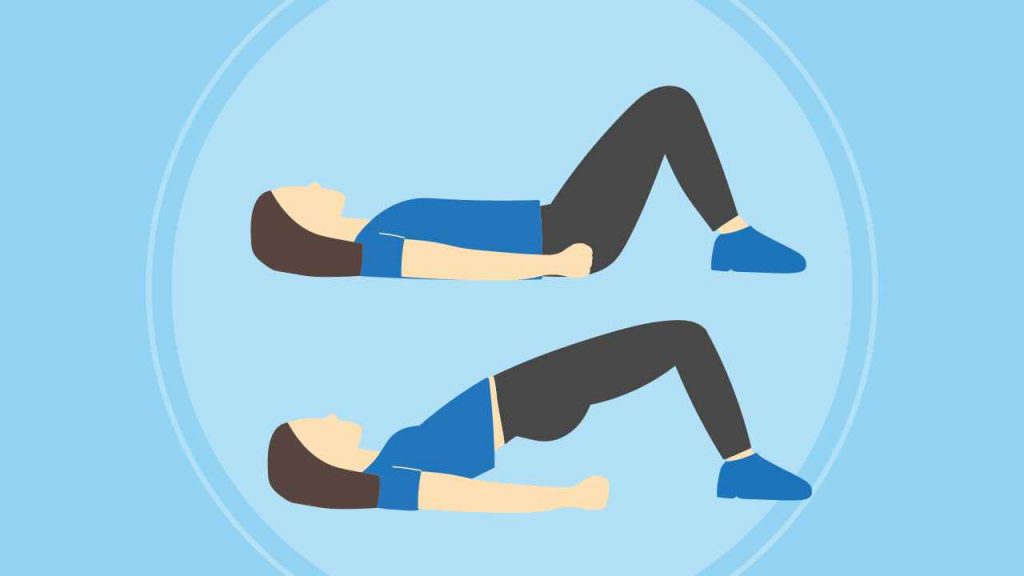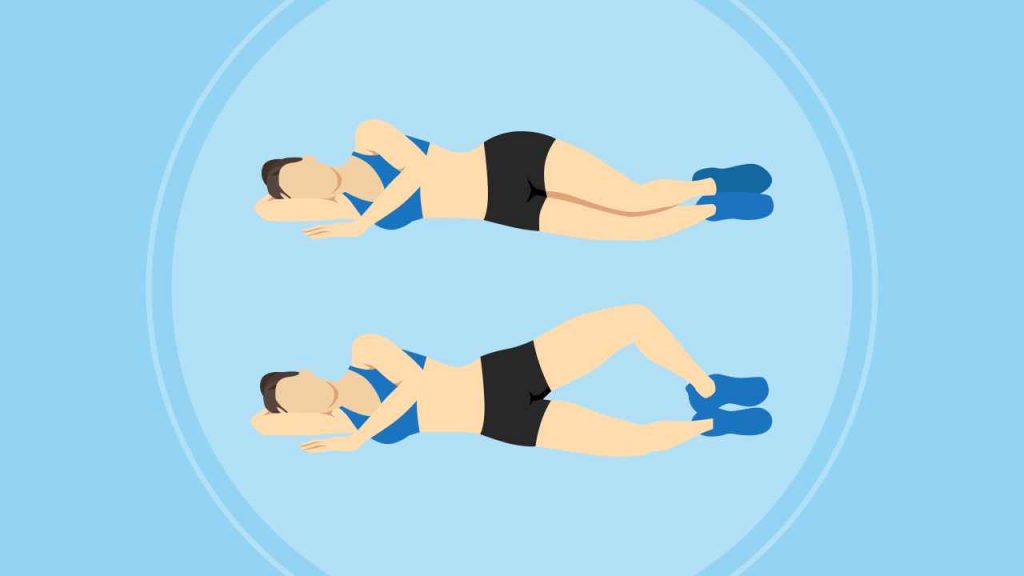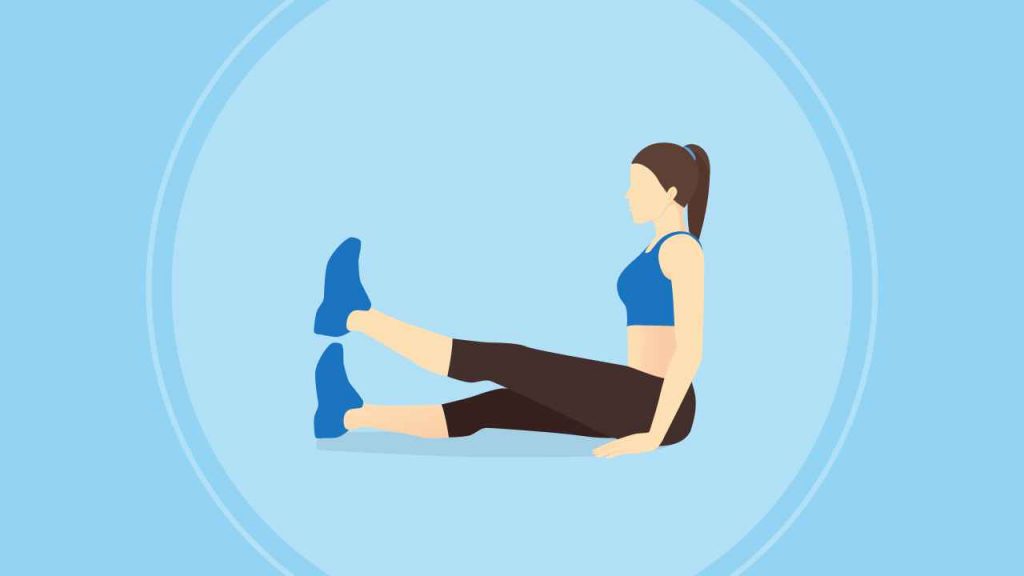
Exercises That Runners Can Perform to Build Strong Hips

The hips are the joints formed at the point where the head of the femur articulates with the pelvis, a complex region of the body, as more than 20 muscles act to provide different types of movement in this area. These muscles include hip flexors that serve as the connection between the legs muscles and the core due to their origination on the thoracic and lumbar vertebrae and ilium and their insertion on the femur and patellar tendon, the hip extensors made up of the hamstrings, and the powerful gluteal muscles along with the smaller muscles that provide internal and external rotation.

It’s important to highlight the connection between the legs and the core formed by the hip flexors, specifically the psoas minor and major and the iliacus, also known as the iliopsoas, as imbalances caused by overly active (tight) hip flexors can lead to low-back pain and potential injury. Core strength and a proper balance between muscular strength and flexibility are vital for any runner.
What role do the hips play in running?
Runners perform repeated extension and flexion at the hips. But maintaining a balance between internal and external rotation and among abduction and adduction or a neutral pelvis requires strength and endurance in the muscles that control those movements and is essential for the maintenance of proper form. This means that runners cannot simply train their quads, glutes, and hamstrings and expect to maximize performance.
The hips are the powerhouse of running gait and should be a primary focus of any runner’s training regimen. After all, the muscles that act at the hip propel every stride, maintain proper alignment in the back, hips, and knees, and stabilize the thighs. Weakness or imbalance in these muscles can compromise posture and running mechanics, which may strain or overwork other muscle groups as they compensate for faulty movement patterns, potentially leading to injury.
Which problems may arise?
Unfortunately, runners are notorious for imbalances in the hip muscles. The hip abductors are a common culprit. These muscles are located on the outside of the hips and are responsible for moving the leg away. Because many runners make the mistake of training solely by running, they are constantly moving their hips through a relatively small range of motion in flexion and extension, neglecting the other functions of the hip. This can lead to instability, followed by injury.
The kinetic chain is an important concept that runners must understand. The idea behind the kinetic chain is that action at one segment of the body affects successive segments within the chain. In other words, weakness or tightness in one muscle or muscle group can lead to altered joint mechanics that impact the parts of the body or joints directly above and below it in the body’s kinetic chain. For example, weakness in the gluteal muscles (affected area in the kinetic chain) can cause low-back problems (above the affected area) due to instability of the hips and core weakness along with issues in the hamstrings and the calves (below the affected area) as the other leg muscles work to compensate for that glute weakness.
For this reason, various common injuries like low-back pain, iliotibial (IT) band syndrome, runner’s knee, and shin splints can be traced back to deficiencies in the muscles that act at the hip.
How can you identify a muscular imbalance in your hips?
There are two quick exercises to detect whether weakness in the hips might be a source of running pain or performance issues. It is advisable to consult a physician, physical therapist, or orthopedist if you are experiencing pain or are injured. Here are the exercises that you need to do to find out if you need targeted training to strengthen the hips along with the steps to do them:
1. Standing deep squat

Stand with your feet just slightly wider than hip-width apart and hold your arms up straight overhead. Squat down as low as you can and try to touch your glutes to your heels without leaning forward or falling backward. If you are unable to do so, there is likely tightness limiting your motion at the hip joint or a muscle imbalance, preventing you from maintaining proper alignment.
2. Glute bridge

Lie on the floor with your knees bent so that your heels are fairly close to your hips and hip-width apart. Perform a bridge by lifting your hips off the floor. Then, try to lift one foot a few inches off the floor without your hips or pelvis dropping. If there is any sagging or dropping at the hips, to the right or left, then you likely have some weakness in the muscles that control the position of the pelvis.
Exercises for strong hips and how to do them
1. Donkey kicks

- Assume a quadruped (hands and knees) position. Now lift your right knee off the ground as you kick your foot upward so that your thigh is in line with your back and the bottom of your foot is facing skyward.
- Bring your leg back down and repeat across alternating legs. Be sure to engage your core and glutes throughout this exercise. Repeat the movement in alternate legs for 60 seconds.
Progression of this workout
A progression of this exercise is hip-controlled articular rotation. Starting from the same position, leave your right knee out to the side, keeping it bent and stopping at hip height. Then, lift the leg back and up as in the donkey kick before circling it inward to return to the starting position.
2. Glute bridges

- Lie on your back with your arms at your sides in a way that your palms face the sky; bend your knees bent and ensure that your feet are flat on the floor
- Lift your backside off the ground until you form a straight line from your shoulders to your knees, holding this position for 2 seconds
- Push your heels into the ground and use your glutes to stabilize the body. Lower and repeat the motion. Perform this exercise for two or three sets of 12 repetitions.
Progressions of this workout
Progressions of this exercise include single-leg glute bridges, single-leg glute bridges with a kick, and glute bridges with a resistance band positioned around the legs just above the knees.
3. Side-leg lifts

- Lie on your right side with your legs straight and stacked. Rest your head on your right arm and place your left hand on your hip or the ground in front of the body if you need help with balancing the body in this position.
- Lift the top leg straight up as far as is comfortable, then lower back down. Repeat and switch sides. Perform this exercise for two or three sets of 12 repetitions on each leg.
Progression of this workout
A progression of this exercise involves beginning in a side plank, with the hips lifted off the ground at the start of the movement.
Also read: Leg Workout for Runners to Build Lower Body Strength
4. Body-weight squats

- Stand with your arms extended in front of your body and feet a little wider than shoulder-width apart. The toes should be pointed slightly outward.
- Lower your backside toward the ground until the thighs are parallel with the ground and then stand back up and repeat
Progressions of this workout
Progressions of this exercise include single-leg squats and squats with a resistance band positioned just above the knees. Perform this exercise for two or three sets of 12 repetitions.
5. Clamshells

- Lie on your right side with your knees bent and stacked. Support your head with your right arm.
- Keep your feet together and lift the top knee to open the clamshell. Your pelvis and core should remain stable throughout the movement.
- Close the clamshell, repeat, and switch sides. Perform this exercise for two or three sets of 12 repetitions on each side.
6. Over-under hurdle walk
- Stand with feet hip-width apart and your arms at your sides. Moving to the right, drive your right knee up and over an imaginary hurdle. Then, drive the left knee up and over the same hurdle.
- Take a big step to the right, squatting to move under an imaginary hurdle. Then, repeat the movements while moving to the left. Perform for 60 seconds, moving back and forth.
7. Seated leg lift

- Sit on the ground with both legs extended in front of you. Place a yoga block or similar object to the left of your left foot.
- Keep your leg straight, lift it up off the ground and over the yoga block, tapping the heel on the ground each time you lift your leg up and over. Repeat for 30 seconds and switch legs.
8. Banded side walk

- Position a resistance band around your legs and right above the knee. Do a slight squat and bend a little at the hips to activate the glutes. Take a large step to the side, one leg at a time, bringing the legs together between steps.
- Maintain tension in the band throughout the exercise, which will require you to have a fairly wide stance. You may do this exercise for 10 seconds in each direction or for a specific number of repetitions, such as two or three sets of 12 repetitions.
Progression of this workout
A progression of this exercise is the monster walk, which involves taking large diagonal steps forward and backward with both legs.
You may incorporate these exercises in your training schedule in different ways to help improve the function of the musculature that supports the hips to improve posture, running mechanics, and muscular balance as well as to reduce the risk of musculoskeletal injuries related to muscular imbalances and kinetic chain immobility.
Also read: Exercises to Train the Posterior Chain Muscles for Runners
You may consider including these workouts in your existing exercise routine. Alternatively, you have the choice to pursue these exercises as a standalone workout routine on recovery or low-volume training days. These workouts can also be an ideal part of your warm-up or cool-down before or after a run. No matter how you decide to incorporate these exercises, begin with the aforementioned recommended times, sets, and repetition schemes.
Reference
1. American Council on Exercise. The Exercise Professional’s Guide to Personal Training. San Diego: American Council on Exercise, 2020.













